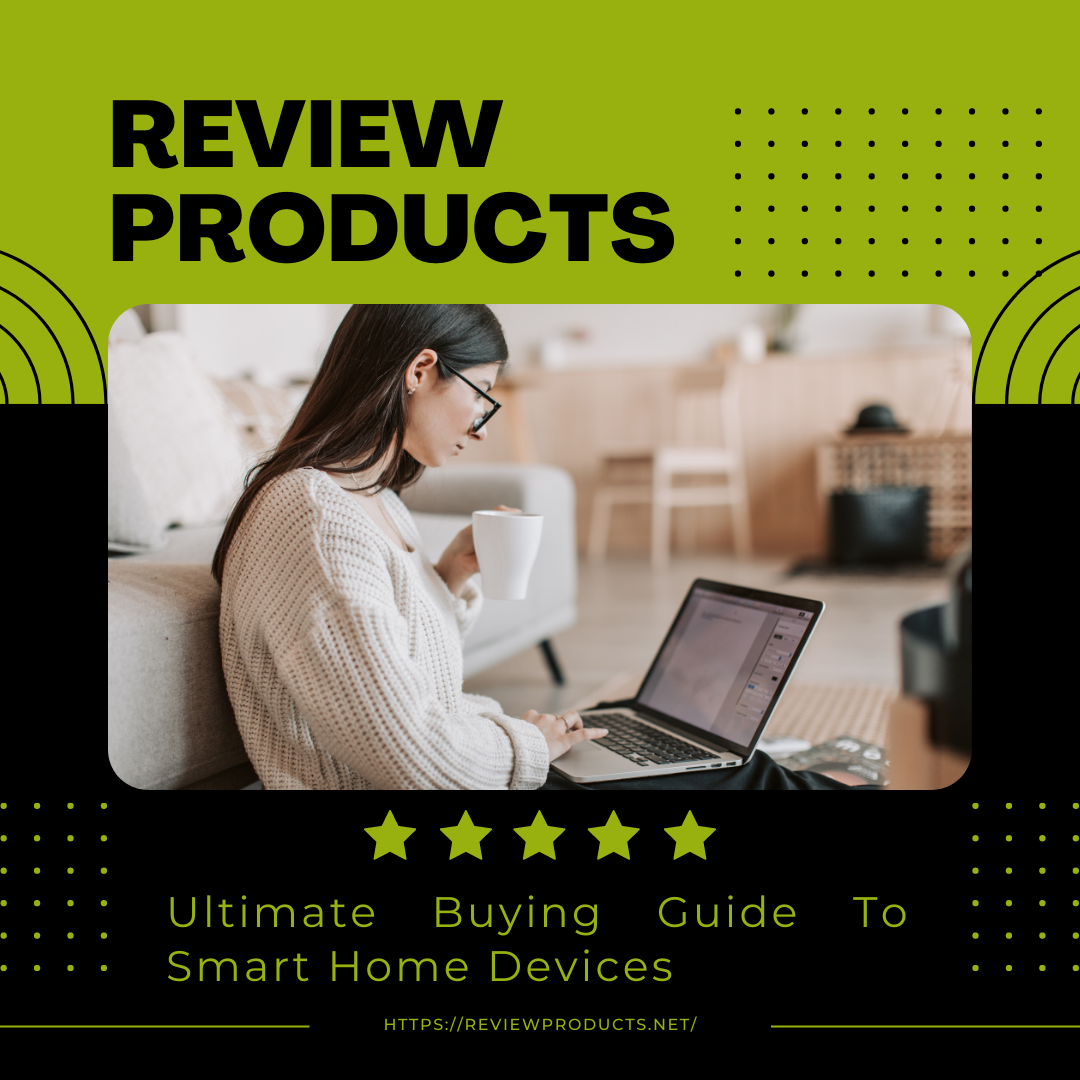The Ultimate Buying Guide To Smart Home Devices: Transforming Your Living Space
Introduction
Smart home devices provide convenience, comfort and better control over various aspects of your living space. From smart speakers and thermostats to lighting systems and security cameras, these devices can turn your home into a connected and intelligent ecosystem. In this ultimate buying guide, we’ll provide you with the essential tips and ideas to help you navigate the world of smart home devices. By understanding your needs, compatibility, security, connectivity and integration options, you will be able to create a smart home that best suits your lifestyle and preferences.
Assess your needs and priorities
Identify areas of your home that could benefit from automation or connectivity, such as lighting, security, entertainment or energy management.
Set your preferences and specific functionalities in smart home devices.
Compatibility
Research compatibility with your existing devices: Check whether the smart home devices you’re considering are compatible with your smartphone, voice assistant (eg, Alexa or Google Assistant), or other devices you already have connected.
Consider interoperability: Look for devices that support common communication protocols, such as Wi-Fi, Zigbee, or Z-Wave, for seamless integration.
Security and Privacy
Prioritize security features: Make sure the smart home devices you choose have strong security measures like data encryption and two-factor authentication to protect your privacy and prevent unauthorized access.
Research manufacturer reputation: Consider brands that are known for their commitment to security and regular firmware updates.
Connectivity Options
Evaluate connectivity needs: Determine if the devices require a hub or if they can connect directly to your home Wi-Fi network.
Consider network reliability: Assess the stability and coverage of your home Wi-Fi network to ensure reliable connectivity for all smart devices.
Integration with voice assistants
Determine voice assistant compatibility: Check whether smart home devices can be controlled and integrated with popular voice assistants like Alexa or Google Assistant.
Verify supported voice commands and features: Make sure the device supports the specific voice commands and features you expect for seamless voice control.
User friendly interface and controls
Evaluate appliance control options: Consider whether the appliances offer mobile apps, web interfaces, or physical controls for easy management and customization.
Look for intuitive interfaces and user-friendly setup procedures.
Research Product Features and Reviews
Explore product specifications: Consider the features and functionalities of smart home devices, such as automation capabilities, energy efficiency, sensors, and compatibility with third-party apps.
Read customer reviews and expert opinions: Research online reviews and expert insights to assess the performance, reliability, and user experience of the equipment you’re considering.

